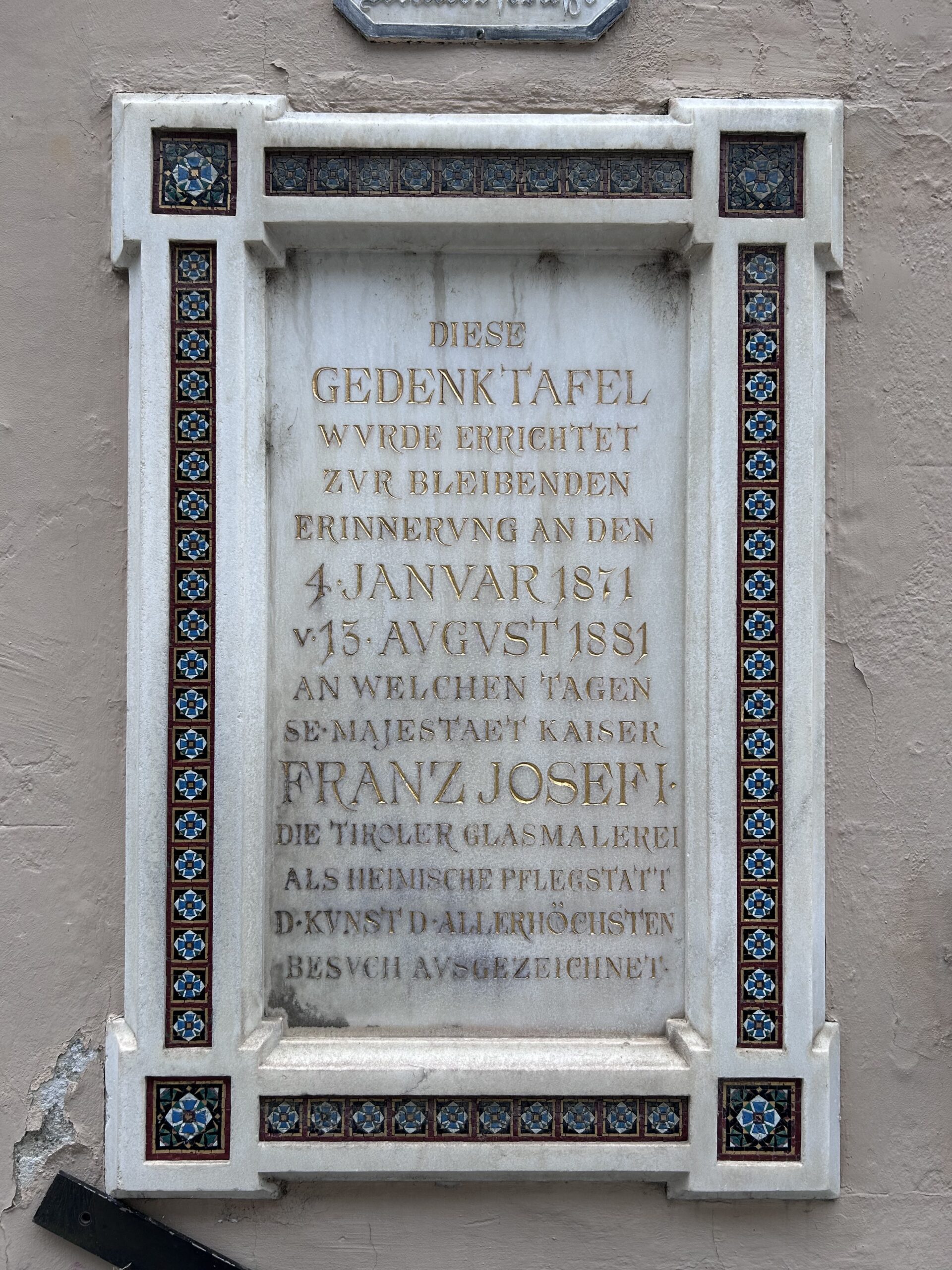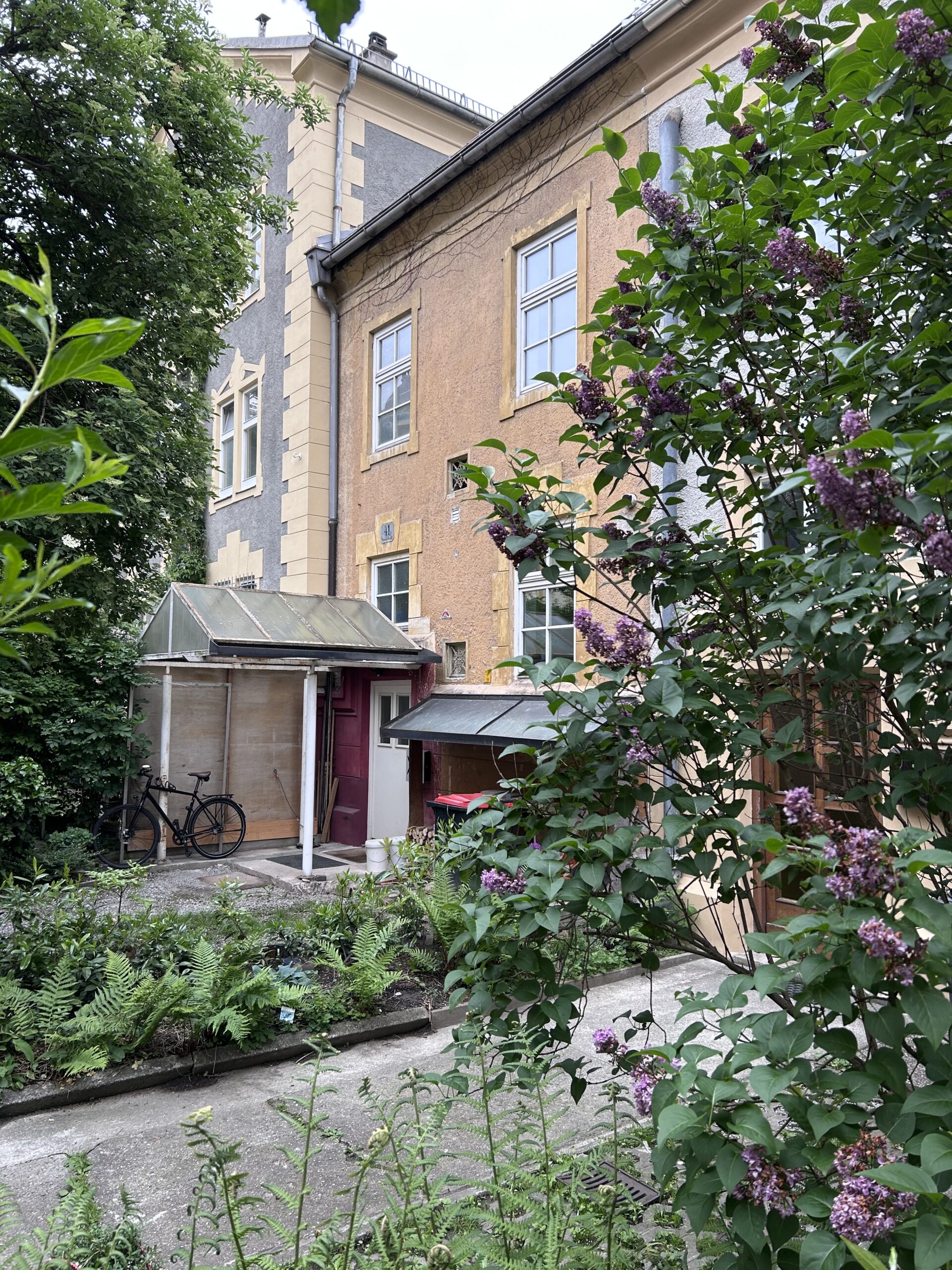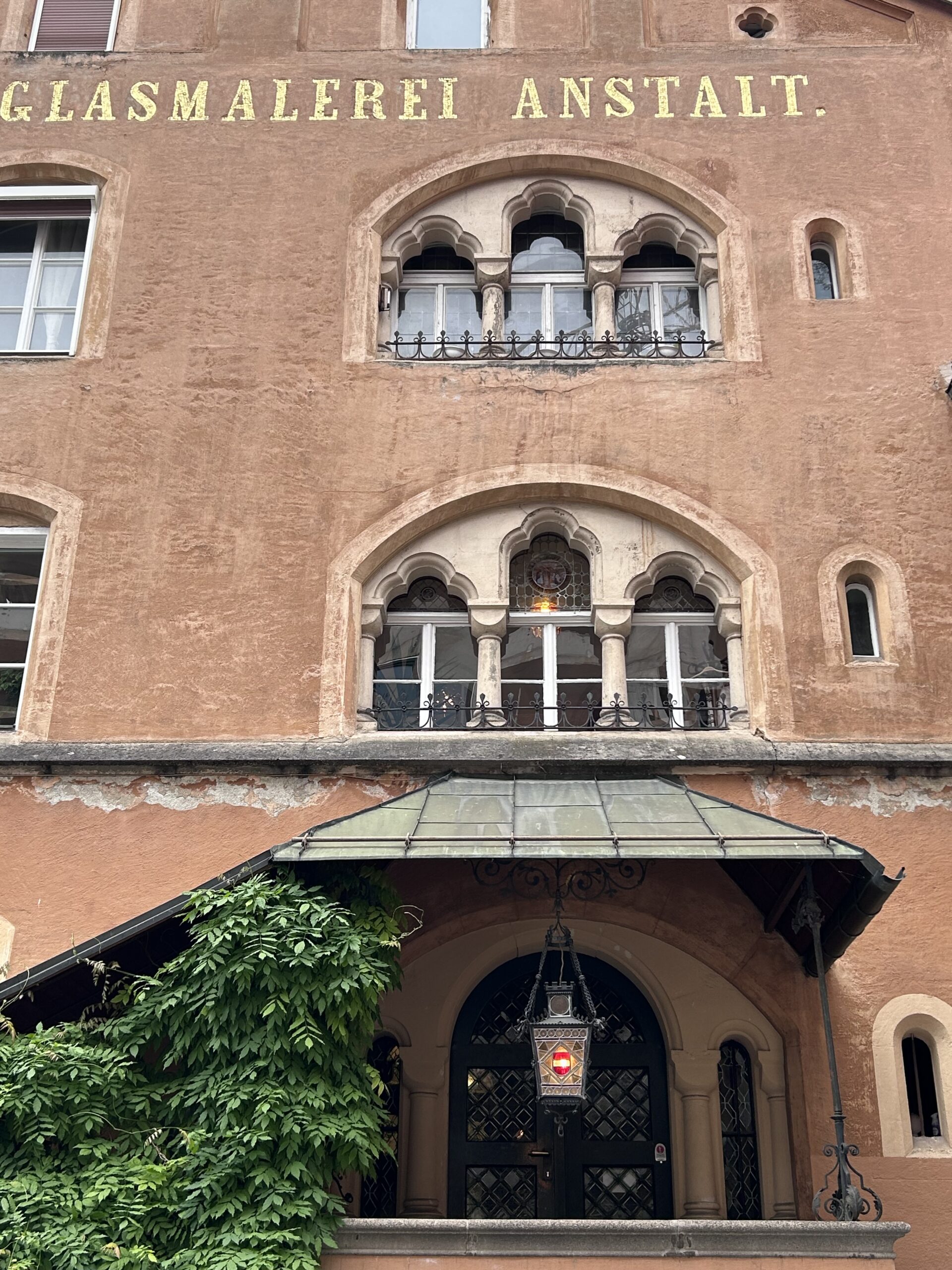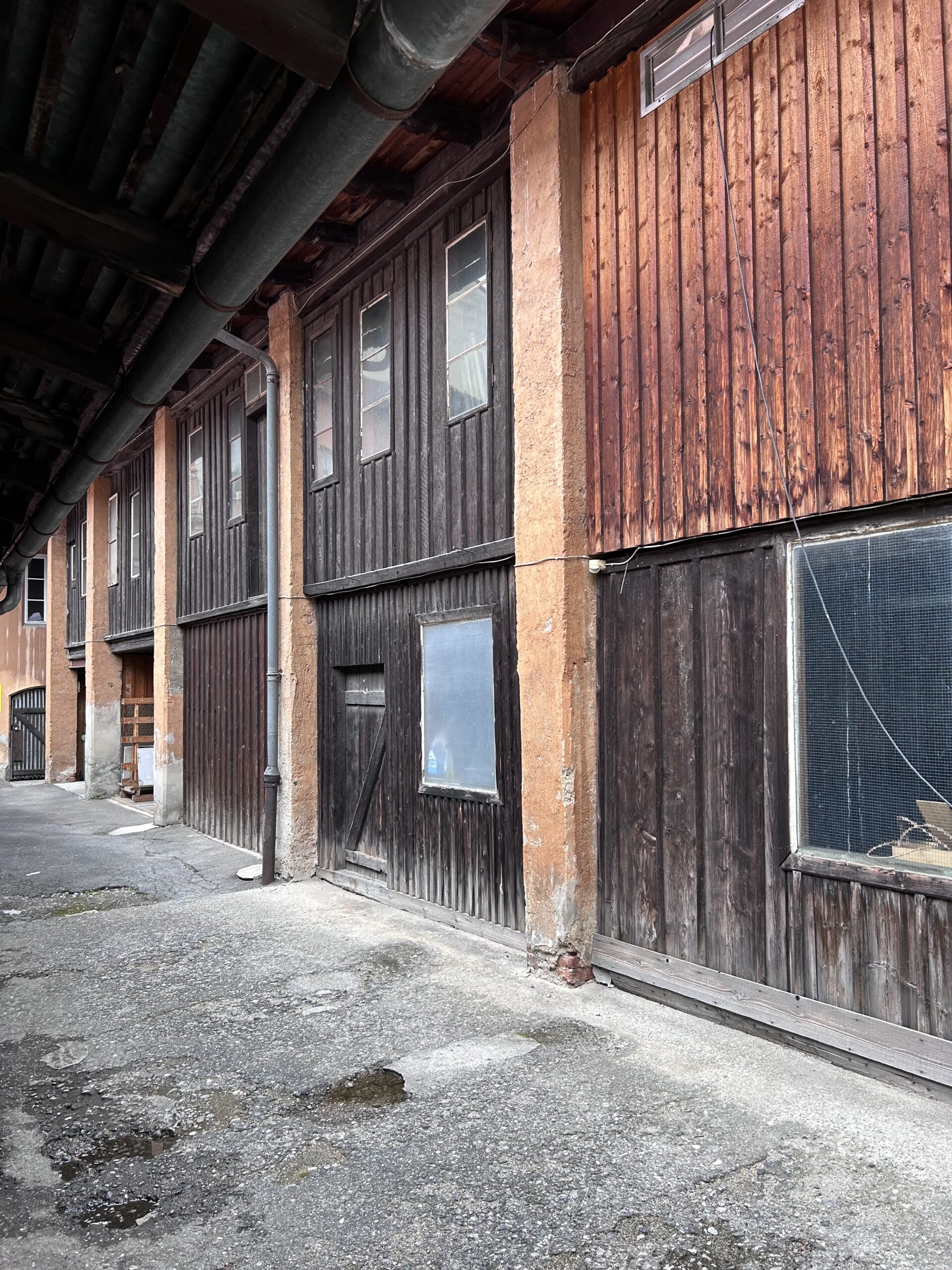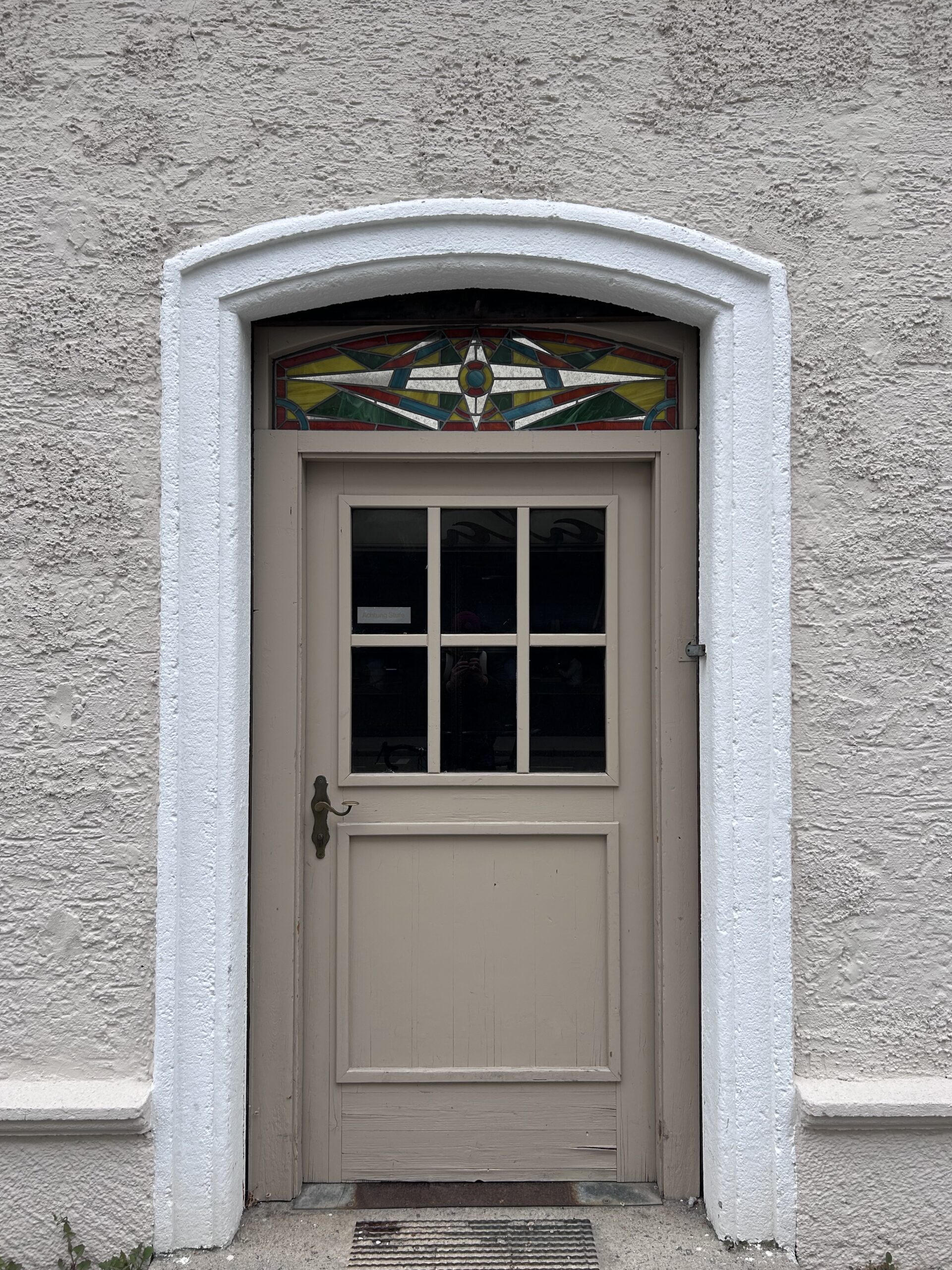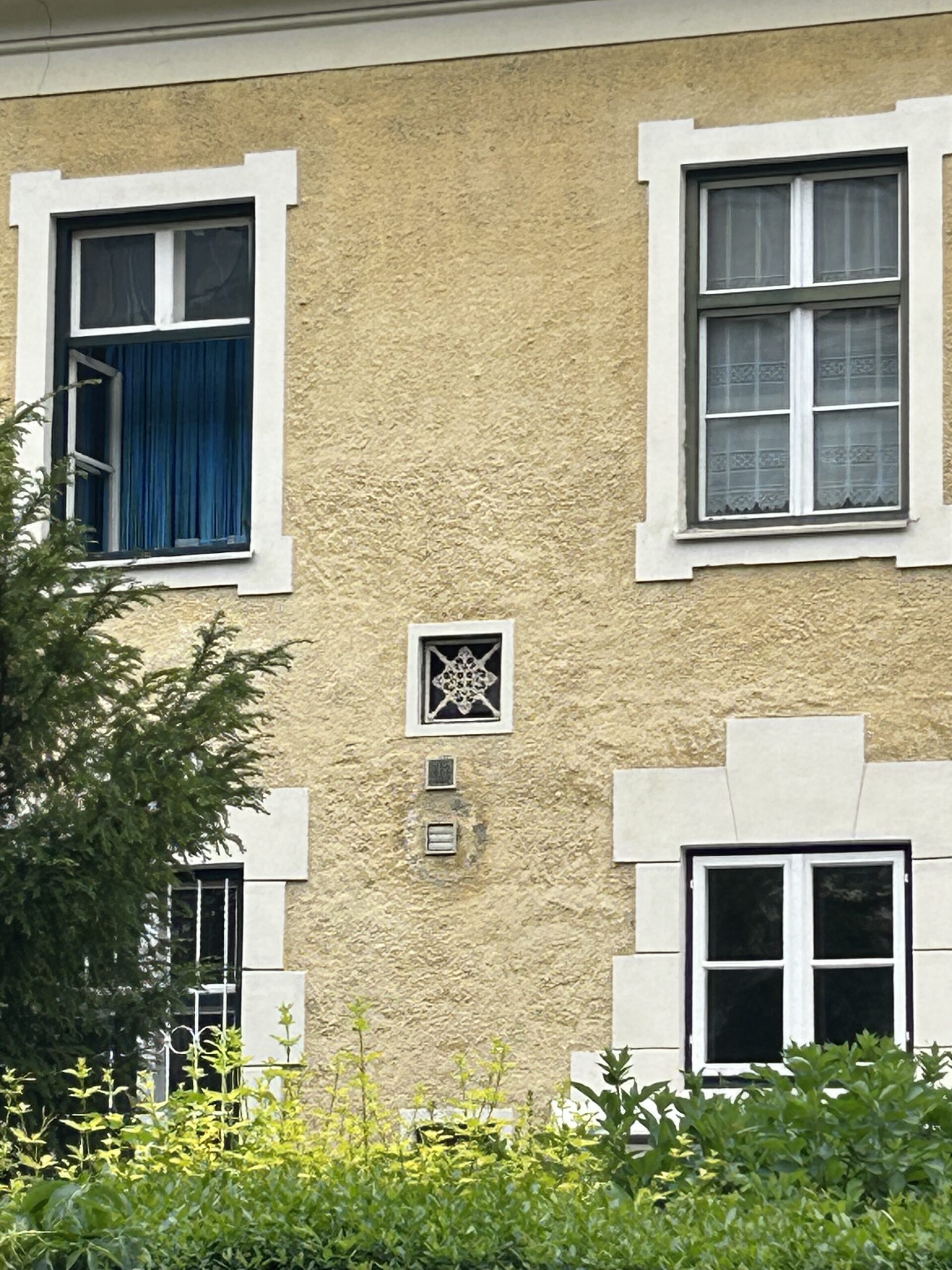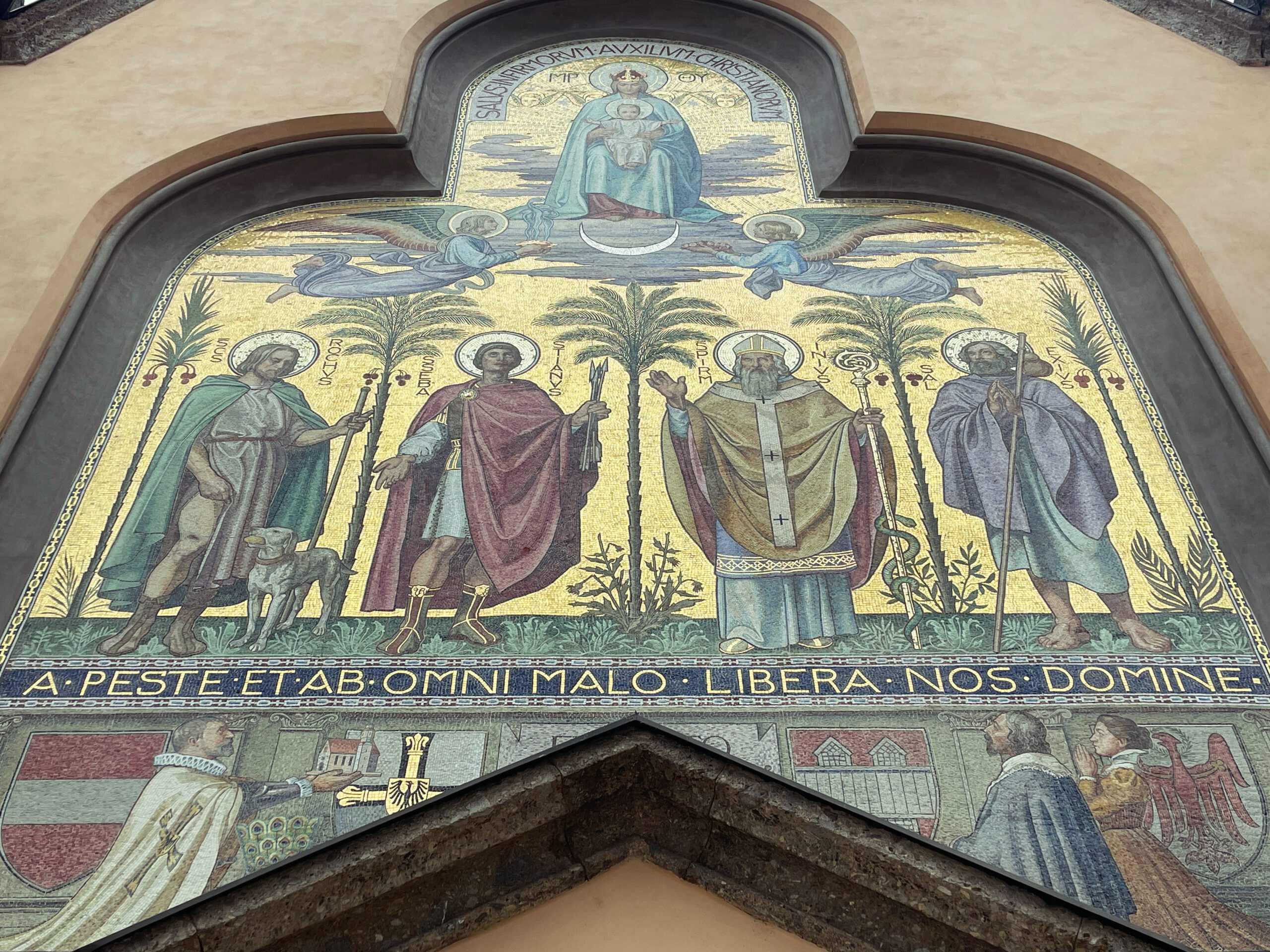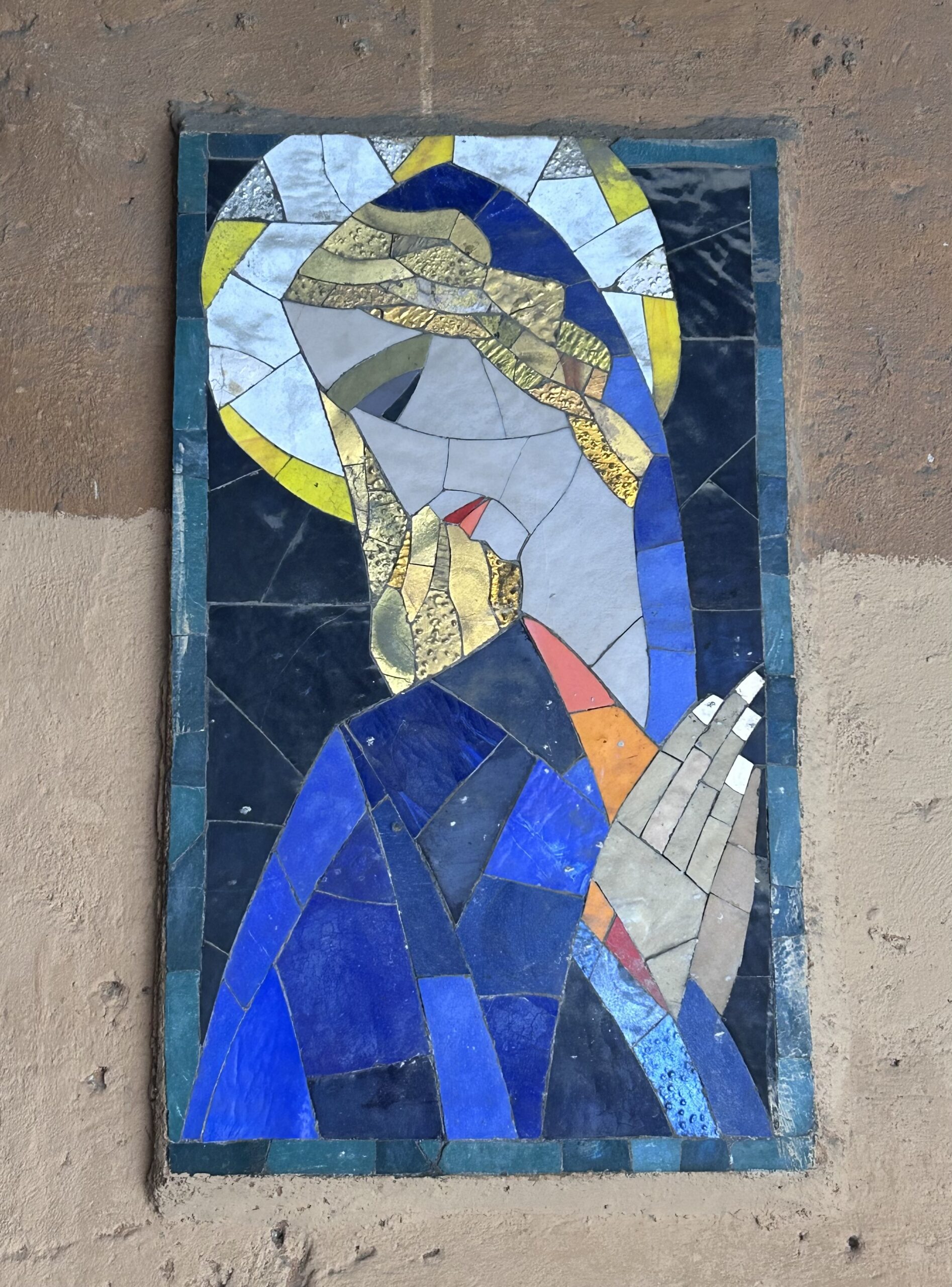The success story of the Innsbruck glass painters
The success story of the Innsbruck glass painters
In the pre-war period, the United States of America was regarded as the Land of unlimited possibilitieswhere dishwashers became millionaires. However, these success stories are not an exclusive phenomenon of the New World. Even in the society of the Danube Monarchy, which was not yet regulated down to the last detail, hard-working and capable people from the farming classes, the working classes or craftsmen were able to achieve astonishing success without formal training, qualification examinations or state authorisation. The three founders of the Tyrolean Glass Painting and Mosaic Institute, Josef von Stadl, Georg Mader and Albert Neuhauser, are examples of such a success story from Innsbruck's city history. While most of Innsbruck's industrial and craft businesses focussed on supplying the local market with tried and tested, solid products and consumer goods, the glass painting business was one of the few innovative and export-oriented companies of its time.
Josef von Stadl (1828 - 1893) grew up on his parents' farm and inn in Steinach am Brenner. Even as a child, he had to help out on the farm. The hard labour gave him periostitis in his arm at the age of nine. This made heavy physical labour impossible for him. Instead, the boy with a talent for drawing attended the model secondary school in Innsbruck, now the BORG. In 1848, he joined the Tyrolean snipers in his home town, but was not called up to fight on the country's borders. He then gained experience as a locksmith and turner. The talented young man worked on the reconstruction of the church in Steinach in 1853 after a village band. His skills were soon recognised and he gradually rose from labourer to master builder.
Georg Mader (1824 - 1881) also came from Steinach. He too had to work as a farm labourer at a young age. On the patronage of his brother, a clergyman, the pious youth was able to complete an apprenticeship with a painter, but had to give up his passion to work in the local mill. After his journeyman's journey, he decided to concentrate on painting. In Munich, he deepened his knowledge under Kaulbach and Schraudolph. After working on the cathedral in Speyer, he returned to Tyrol. As a history painter, he kept his head above water with commissions from the church.
Albert Neuhauser (1832 - 1901) learnt his trade in his father's glazier's and tinsmith's shop. He also had to give up his intended career path at an early age. He developed lung problems at the age of ten. Instead of working in his father's successful business, he travelled to Venice. For centuries, Murano had been home to the best glassworks for artistic glass production. Fascinated by this trade, he attended the stained glass school in Munich against his father's wishes. The products of the recently founded Bavarian factory did not meet his quality expectations. In his father's flat in Herzog-Friedrich-Straße, he undertook his first experiments with glass, similar to the nerds who would lay the foundations for the personal computer in their own garage a hundred years later.
Neuhauser's tinkering and experiments aroused the curiosity of his friend von Stadl. He made contact with the art-loving Mader. In 1861, the three decided to pool their expertise in an official company. Today, the founding of the company would probably be referred to as a start-up. Neuhauser took on the technical and commercial side as well as product development, Von Stadl took care of the decorative aspects and liaised with master builders and Mader took on the figurative design of the works, most of which were created for churches. The first branch, consisting of two painters and a burner, was set up on the third floor of the Gasthof zur Rose in the historic city centre. The raw material came from England, as the local glass did not meet Neuhauser's high quality standards. However, 25% duty was added to the import. Together with a chemistry teacher, Neuhauser managed to achieve the desired requirements himself after a trip to Birmingham and a lot of tinkering.
Josef von Stadl married the painter and doctor's daughter Maria Pfefferer in 1867. The farmer's boy from the Wipptal valley with the broken arm had not only become a member of the upper middle class, his wife's dowry also allowed him to live independently financially. In 1869, the three partners decided to expand the successful glass painting business with the financial support of Neuhauser's father. How dynamic and unregulated it was as a Wilhelminian style The example of the glassworks on the Wiltener Felder, which was opened in 1872 as an additional part of the Tyrolean Stained glass went into operation. Only 110 days after the start of construction, which was never officially authorised by the Wilten municipal administration, production began.
Starting with Neuhauser, who had to leave the company in 1874 due to health problems, the three company founders soon left their start-up to others, but remained partners in the Tyrolean stained glass company. In addition to their activities for the joint company, each of the three partners worked successfully on their own projects in their respective fields of activity.
Von Stadl had a lasting impact on Innsbruck. In its heyday, the number of employees at the stained glass factory had risen to over 70. In 1878, residential buildings for the company's employees, workers, artists and craftsmen were built according to von Stadl's plans. The Stained glass settlement comprised the houses at Müllerstrasse 39 - 57, Schöpfstrasse 18 - 24 and Speckbacherstrasse 14 - 16, which still exist today and differ markedly in their architecture from the neighbouring houses of the late Gründerzeit. Von Stadl was more sparing with the decoration of the houses, but was careful to include a small front garden. Workers and employees who lived in these houses were not supposed to feel inferior in any way to the residents of the cottage-style villas in Saggen. It was not unusual for large companies of the time to plan their own housing estates - think of Siemensstadt in Berlin - but it shows a company's self-image and vision for the future when a company like the Glasmalerei sees itself not only as a provider of labour and wages, but also as a provider of accommodation for its employees. The state maternity hospital in Wilten was another major project in Innsbruck that was realised under von Stadl's pen. After the construction of the Vinzentinum in 1878, he was made an honorary citizen and diocesan architect of Brixen. Pope Leo XIII awarded him the Order of St Gregory for his services. St Nicholas' Church, for which the Tyrolean stained glass company had produced the windows, became his final resting place.
Georg Mader continued to work as a painter on sacred buildings. He became a member of the Vienna Academy of Art as early as 1868. When he suffered a stroke in 1881, he was taken to Badgastein for rehabilitation. The spa town in Salzburg was a meeting place for the European aristocracy and upper middle classes at the time. In the midst of high society, the former journeyman miller died a wealthy man.
The restless and creative Neuhauser travelled to Venice again after resigning from his post as director of the Tyrolean stained glass workshop in order to found Austria's first mosaic studio with new inspiration. The merger of the two companies in 1900 opened up a wider range of opportunities. He was awarded the Order of Franz Joseph for his artistic merits. Neuhauserstraße in Wilten was named after him.
Josef von Stadl building in Innsbruck
Landhaus Mader / Leopoldstraße 20
Façade of the Welsbergschlössl residence / Leopoldstraße 35
Stained glass / Müllerstraße 10
Glass painting estate / Müllerstrasse 39 - 57
Glass painting estate / Schöpfstraße 18 - 24
Glasmalereisiedlung / Speckbacherstraße 14 - 16
Workshop wing Glasmalereistraße / 3 - 5
Monastery Church of the Immaculate Conception / Rennweg 40
Regional Maternity Clinic / Michael Gaismair Straße 1
Sights to see...
Old & New Hötting Parish Church / Plague Cemetery
Schulgasse / Schneeburggasse
Tyrolean Glass Painting and Mosaic Institute
Müllerstrasse 10
St Nicholas Church & Cemetery
Schmelzergasse 1
Chamber of Commerce
Meinhardstraße 12
Winklerhaus
Leopoldstraße/Maximilianstraße
Lutheran Church of Jesus Christ
Richard-Wagner-Strasse 2
Monastery of Perpetual Adoration
Karl-Kapferer-Straße 7-11
Collegium Canisianum
Tschurtschenthalerstrasse 7
Church of the Holy Trinity
Dreiheiligenstraße 10
